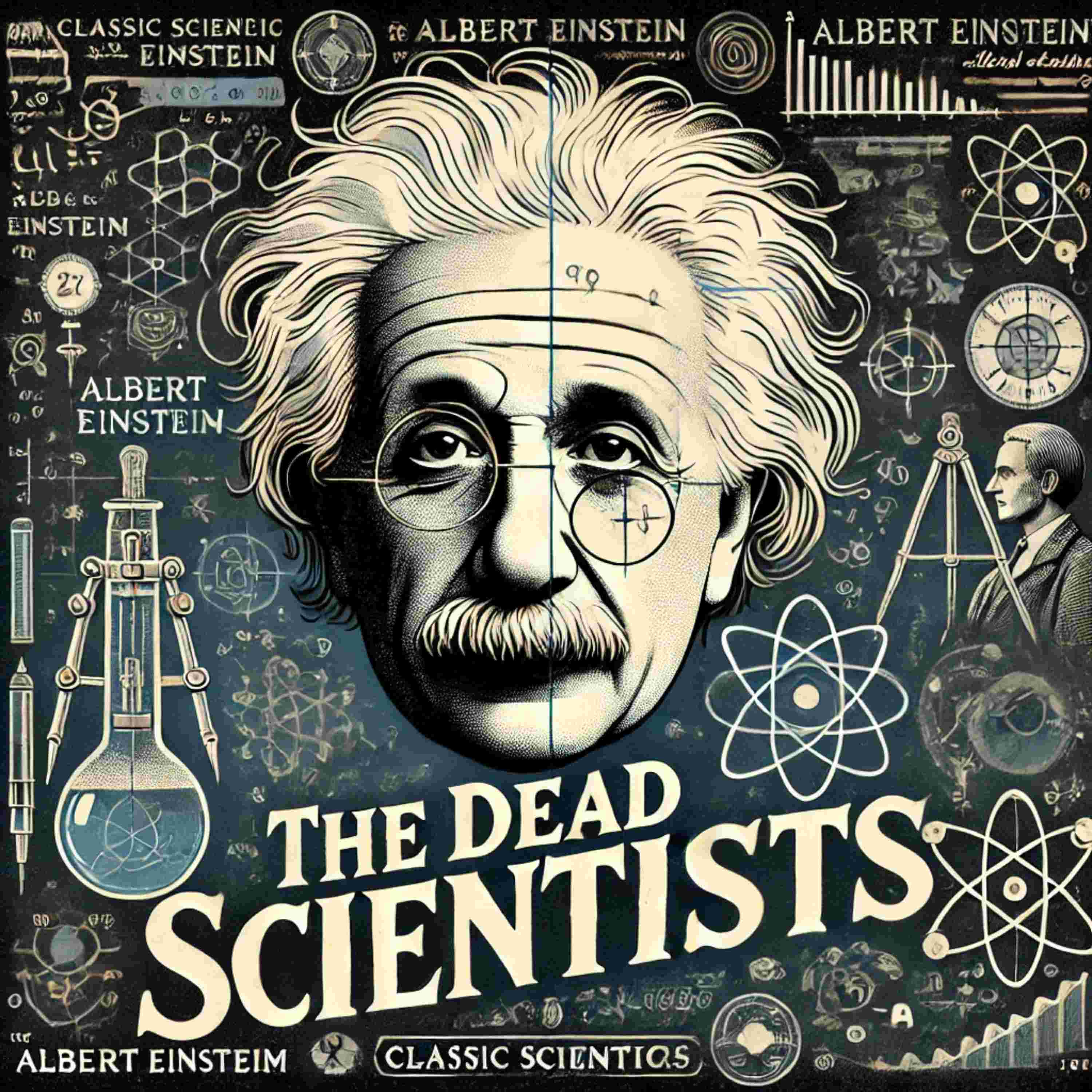

In this episode of The Dead Scientists, we explore how Charles Darwin uses homology and embryology to support his theory of evolution by natural selection. Darwin introduces homology—the similarity of structures across species due to shared ancestry—as evidence of the unity of type within classes of organisms, revealing connections between seemingly different species.
We then dive into the significance of embryological similarities, particularly in early development, which Darwin argues point to a common ancestry among diverse species. Darwin also examines rudimentary (or vestigial) organs, which no longer serve a function but persist as evolutionary remnants, offering clues to a species' past adaptations and transformations over time.
Join us as we discuss how these fundamental concepts of homology, embryology, and vestigial traits provide insight into the evolutionary relationships among organisms, helping us understand the organization and classification of life on Earth as Darwin envisioned it.